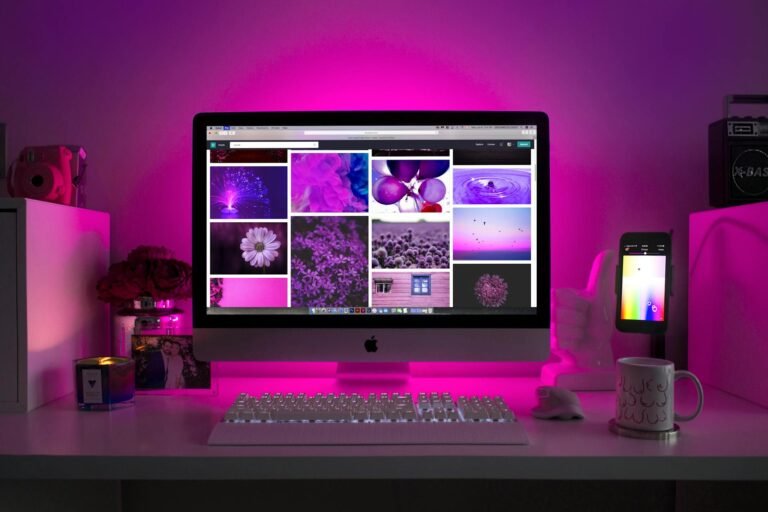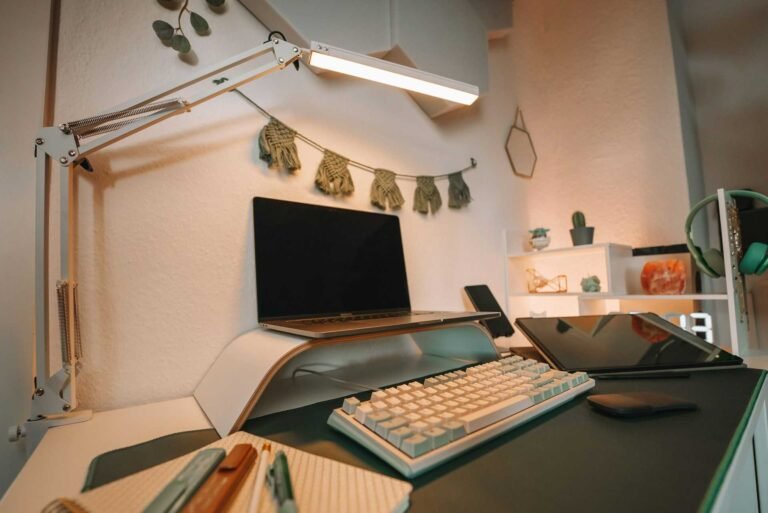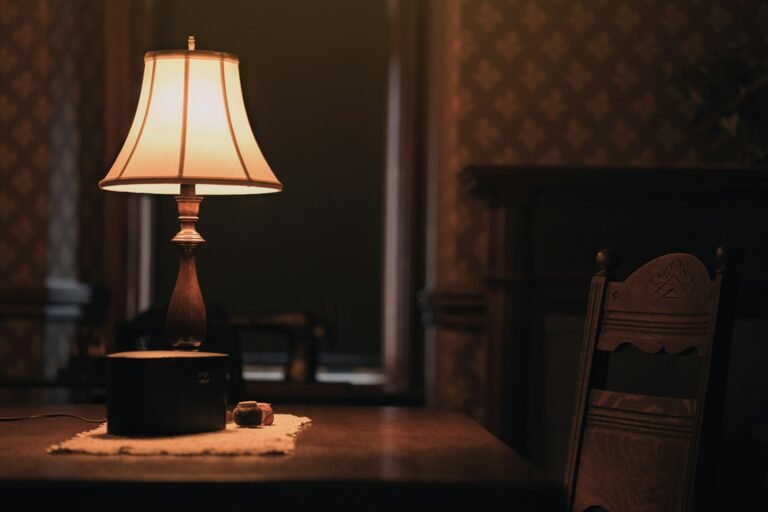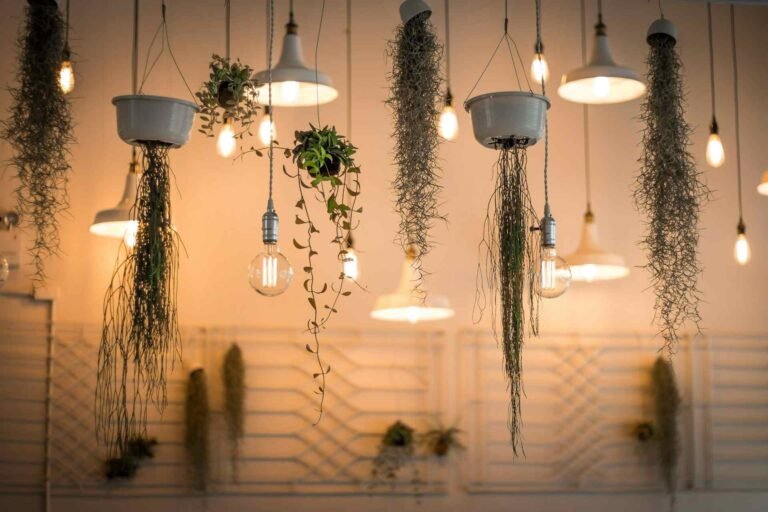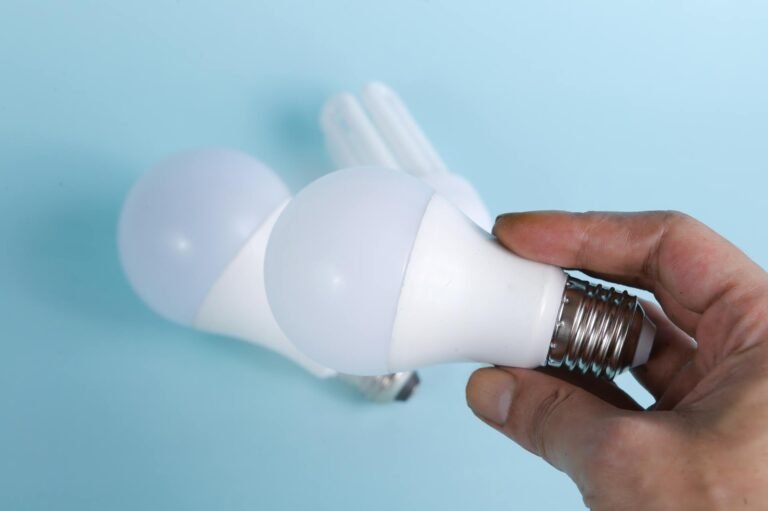Ring Light vs Softbox: Which Creates Better Lighting?
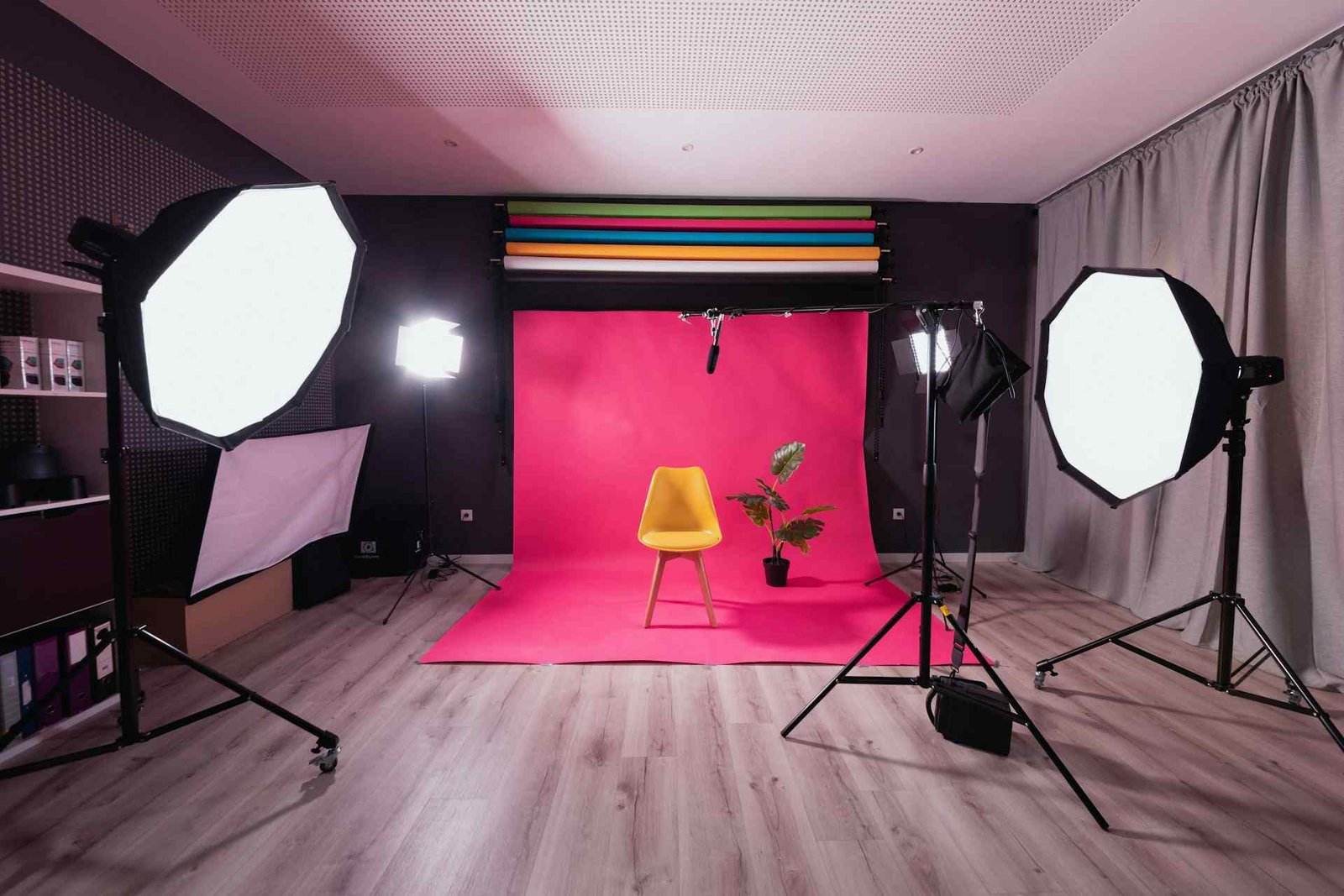
Picture yourself settling into your home office for another virtual meeting, only to realize you look like you’re broadcasting from a cave. Sound familiar? The eternal struggle between choosing the right lighting solution has sparked countless debates, and today we’re diving deep into the ring light vs softbox dilemma that’s keeping creators and professionals up at night.
Whether you’re a content creator trying to nail that perfect TikTok aesthetic or a remote worker who’s tired of looking like a ghost on Zoom calls, understanding the difference between these two lighting champions can make or break your visual game. Both have their devoted followers, but which one deserves a spot on your desk?
The Basics: What Makes Each Light Tick
Ring Light Fundamentals
A ring light is exactly what it sounds like, a circular LED panel that creates a distinctive donut-shaped light pattern. These modern marvels have revolutionized the way we approach personal lighting, especially in smaller spaces. The circular design produces that coveted “halo effect” in your eyes, giving subjects an almost ethereal glow that’s become synonymous with professional-looking content.
The magic happens when light travels evenly from all directions around the circle, minimizing harsh shadows and creating incredibly flattering illumination for faces. Most ring lights today feature adjustable color temperatures and brightness levels, making them incredibly versatile for different scenarios.
Softbox Essentials
Softboxes take a completely different approach to taming harsh light. These fabric-covered rectangular or square panels work by diffusing light through multiple layers, creating beautifully soft and even illumination that mimics natural window light. Think of them as the gentle giants of the lighting world.
The science behind softboxes is elegantly simple: take a powerful light source, surround it with reflective material, then diffuse it through fabric. The result? Gorgeously soft light that wraps around your subject naturally, eliminating those unflattering shadows that can make anyone look like they’re auditioning for a horror movie.
Size Matters: Comparing Your Options
Compact Ring Light Solutions
For those working with limited desk space, smaller ring lights offer incredible versatility without dominating your workspace. Clip-on ring lights represent the ultimate in convenience, attaching directly to your laptop or monitor. These compact champions typically measure between 6 to 10 inches and are perfect for video conferencing and quick content creation.
Mid-range options like 12-inch ring lights with adjustable stands provide the perfect balance between portability and power. These setups often include extendable tripods and phone holders, making them incredibly versatile for various shooting scenarios.
For serious content creators, 18-inch professional ring lights deliver studio-quality results with impressive brightness and color accuracy. These larger units often feature advanced controls and professional mounting options.
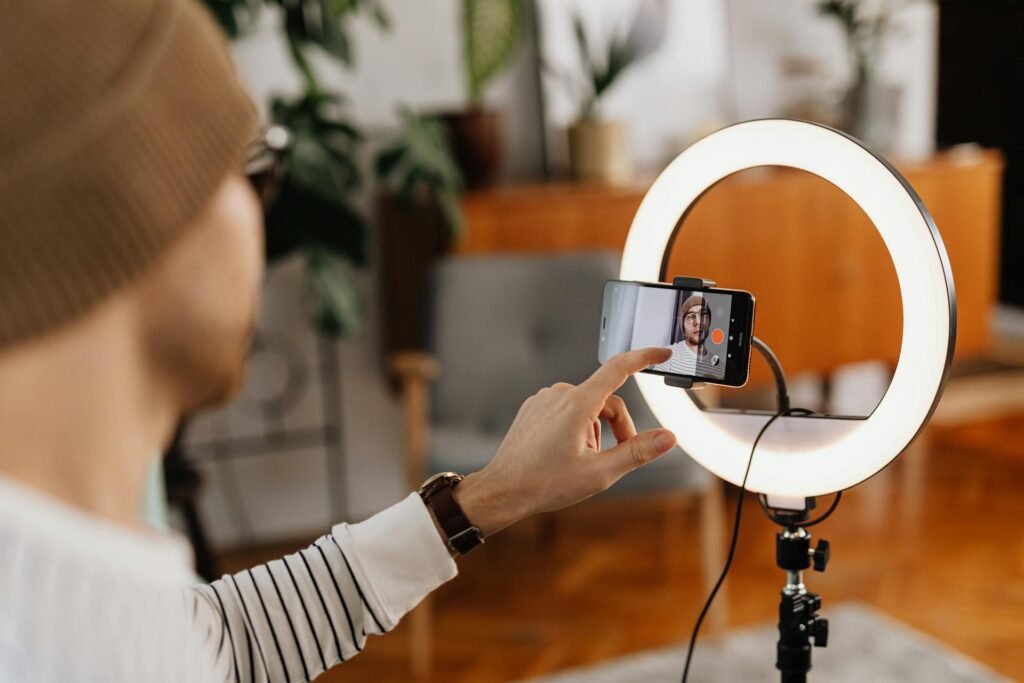
Softbox Varieties
Compact softbox kits typically measure around 13 to 16 inches square, making them ideal for desktop setups. These smaller units are perfect for portrait work and video calls while maintaining that signature soft light quality.
Professional softbox systems often come in pairs, allowing for more complex lighting setups. These larger units provide exceptional light coverage and are perfect for anyone serious about video production or photography.
Portable softbox solutions represent the newest innovation in this space, combining the convenience of ring lights with the quality of traditional softboxes. These battery-powered units are incredibly versatile and perfect for on-the-go content creation.
Performance Showdown: Ring Light vs Softbox for Different Uses
Ring Light vs Softbox for Photography
When it comes to portrait photography, both options excel in different ways. Ring lights create that signature circular catchlight in eyes and provide incredibly even facial illumination, making them perfect for beauty shots and selfie-style content. The even light distribution helps minimize skin imperfections while creating a polished, professional look.
Softboxes, however, offer more natural-looking portraits that closely mimic window light. The broader light source creates gentle gradients across the face, resulting in more dimensional and artistic portraits. Professional photographers often prefer softboxes for their ability to create mood and depth in images.
Ring Light vs Softbox for Video Calls
The battle intensifies when we consider video conferencing scenarios. Ring lights shine (literally) in this department, providing direct, flattering illumination that makes you look polished and professional on camera. Their compact size means they won’t dominate your workspace, and many models offer adjustable color temperatures to match your office environment.
Softboxes can sometimes be overkill for simple video calls, but they provide incredibly natural-looking illumination that won’t fatigue your eyes during long meetings. The softer light also reduces glare, making it easier to maintain eye contact with your camera throughout extended sessions.
Technical Specifications Comparison
| Feature | Ring Light | Softbox |
|---|---|---|
| Light Distribution | Circular, direct | Broad, diffused |
| Shadow Reduction | Excellent for face | Superior overall |
| Power Efficiency | High (LED-based) | Moderate |
| Setup Complexity | Minimal | Moderate |
| Portability | Excellent | Good to Fair |
| Professional Appeal | High for digital content | High for traditional media |
| Eye Comfort | Good with diffusion | Excellent |
| Space Requirements | Minimal | Moderate to Large |
| Our Recommendation | NEEWER Ring Light Kit | UBeesize Video Light Kit |
Making Your Lighting Setup Work
Optimizing Ring Light Performance
The key to maximizing your ring light’s potential lies in proper positioning and settings adjustment. Distance matters tremendously, too close and you’ll look washed out, too far and you lose that flattering effect. Most users find the sweet spot between 2 to 4 feet from their subject.
Color temperature selection can make or break your setup. Cooler temperatures (5600K-6500K) work brilliantly for daytime content and professional video calls, while warmer settings (3000K-4000K) create cozy, intimate vibes perfect for evening streams or relaxed content.
Don’t forget about dimming capabilities. Starting at full brightness and gradually reducing intensity often yields better results than working your way up. This approach helps you avoid overexposure while maintaining optimal light quality.
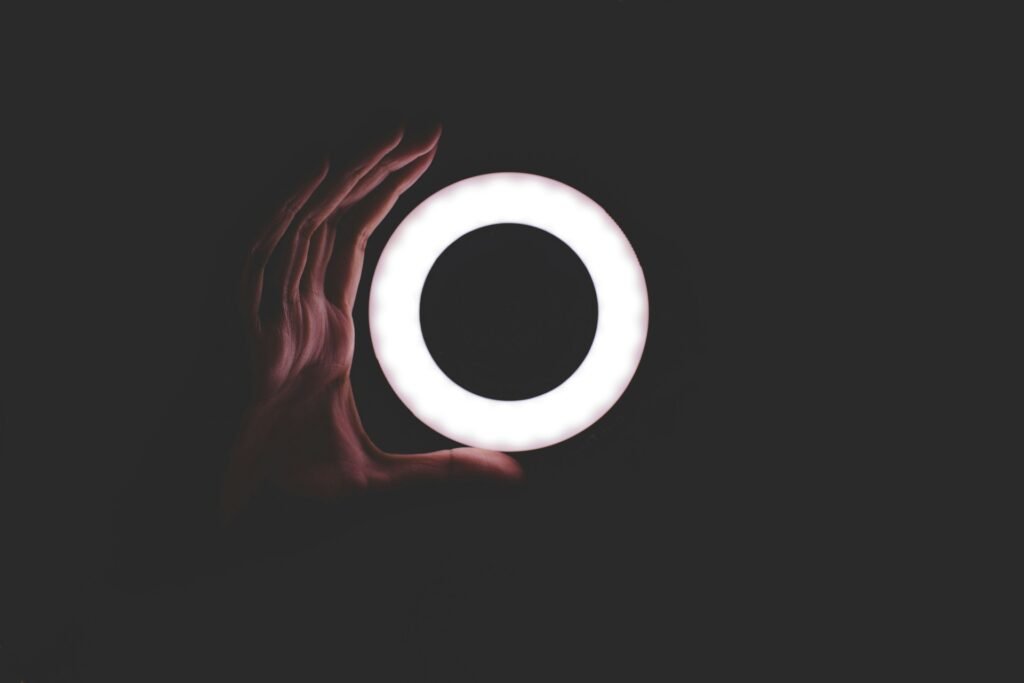
Maximizing Softbox Efficiency
Softbox positioning requires a bit more finesse than ring lights. The angle of your softbox dramatically affects the final result, positioning it at a 45-degree angle above your eye line typically produces the most flattering results. This setup creates natural-looking shadows that add dimension without being harsh.
Power management becomes crucial with larger softbox setups. Many professional units require significant wattage, so ensuring your power supply can handle the load prevents flickering and maintains consistent output.
The beauty of softboxes lies in their flexibility. You can bounce light off walls, use multiple units for complex setups, or even combine them with ring lights for ultimate control. Experimenting with distances changes the softness dramatically, closer equals softer, while farther creates more defined shadows.
Practical Considerations for Your Workspace
Desk Integration and Space Management
Your workspace setup significantly influences which lighting solution makes sense. Ring lights excel in compact environments where every inch of desk space matters. Their vertical orientation means they occupy minimal surface area while providing maximum impact.
Cable management becomes important regardless of your choice. Many modern lighting solutions offer USB power options, allowing you to connect directly to your computer or monitor. This approach keeps your desk cleaner and reduces the need for additional power outlets.
Heat and Comfort Factors
One often overlooked aspect of lighting choice involves heat generation and comfort during extended use. LED-based ring lights typically produce minimal heat, making them comfortable for long recording sessions or video calls. This efficiency also translates to longer bulb life and lower energy costs.
Traditional softbox setups with fluorescent or tungsten bulbs can generate significant heat, potentially making your workspace uncomfortable during extended use. However, newer LED softbox solutions address this concern while maintaining the superior light quality that makes softboxes so appealing.
Eye strain considerations play a crucial role in daily usability. Softboxes generally provide more comfortable illumination for extended work sessions, while ring lights might require periodic breaks to prevent eye fatigue.
Budget-Friendly Options vs Professional Setups
Entry-Level Solutions
Starting your lighting journey doesn’t require breaking the bank. Affordable ring lights offer excellent value for beginners, providing professional-looking results without the complexity of more advanced setups. These units typically include essential accessories like phone holders and basic tripods.
Budget softbox kits provide an excellent introduction to professional-style lighting. While they might lack some advanced features, they deliver the core benefits of soft, even illumination that can transform your content quality.
The beauty of starting small lies in the ability to upgrade gradually. Both ring lights and softboxes can be expanded into more complex setups as your needs and skills develop.
Professional-Grade Equipment
For serious content creators and professionals, high-end ring lights often offer advanced features like precise color temperature control, wireless operation, and superior build quality. These units often include professional mounting systems and enhanced durability.
Professional softbox systems provide studio-quality results with advanced features, multiple adjustment options, and superior light output. These systems often support complex multi-light setups for ultimate creative control.
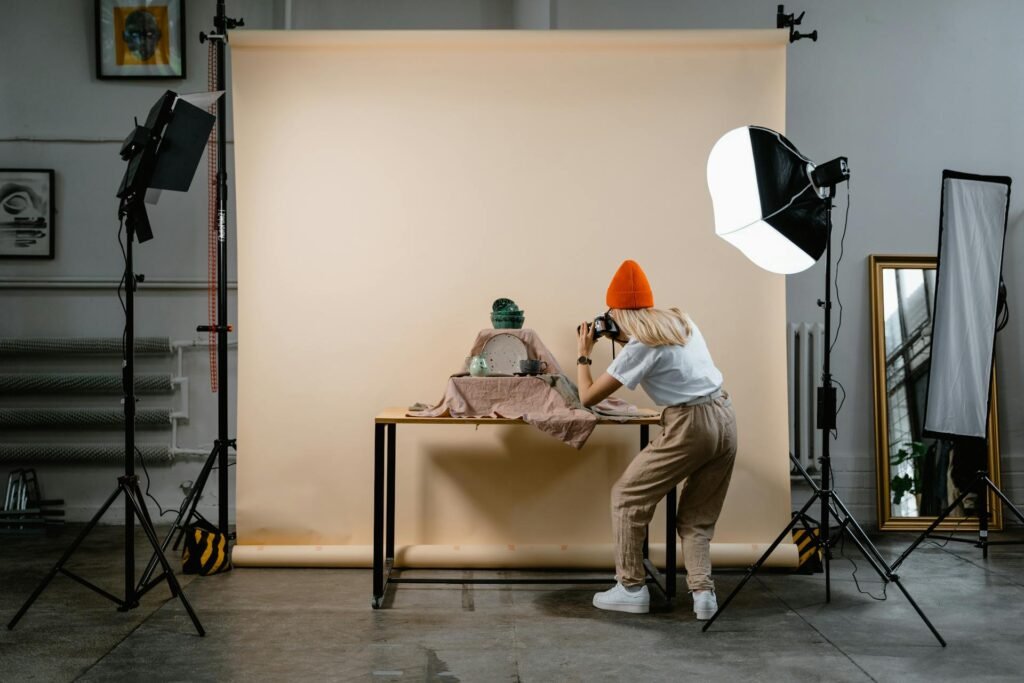
The investment in professional equipment pays dividends in consistency, reliability, and creative flexibility. These tools typically offer better warranty support and replacement part availability, making them smart long-term investments.
Frequently Asked Questions
Can I use both a ring light and softbox together?
Absolutely! Many professional setups combine both lighting types to achieve optimal results. Use a ring light as your key light for that signature eye catchlight, then add a softbox as fill light to reduce shadows and create dimension. This combination gives you the best of both worlds.
Which is better for streaming on Twitch or YouTube?
For streaming, ring lights often have the edge due to their direct, consistent illumination and compact footprint. However, softboxes can provide more comfortable lighting for extended streaming sessions. Consider your streaming duration, space constraints, and visual style when deciding.
Do I need special software to control my lighting?
Most modern lighting solutions offer manual controls that work without additional software. However, some advanced models support smartphone apps or computer software for precise control. Start with manual controls and upgrade to software control if you need advanced features like synchronized lighting or automated schedules.
How do I prevent glare when using these lights?
Preventing glare involves proper positioning and intensity adjustment. Position lights slightly above eye level and use diffusion materials when necessary. Start with lower intensity settings and gradually increase until you achieve optimal illumination without glare.
What color temperature should I use for video calls?
For professional video calls, aim for 4000K-5600K, which provides natural-looking illumination that works well with most office environments. Avoid extremes, too warm makes you look orange, while too cool can appear harsh and uninviting.
How long do LED lights in these fixtures typically last?
LED light lifespan typically ranges from 25,000 to 50,000 hours of use. With moderate daily use, this translates to several years of reliable service. Quality matters significantly, investing in reputable brands typically means longer-lasting LEDs and better warranty support.
Making Your Final Decision
Choosing between a ring light vs softbox ultimately comes down to your specific needs, workspace constraints, and creative goals. Ring lights excel in compact spaces and provide that distinctive modern look that’s perfect for social media content and video calls. Their ease of use and immediate results make them ideal for beginners and anyone who values simplicity.
Softboxes shine when you need more natural-looking illumination and have the space to accommodate their larger footprint. They’re particularly valuable for anyone serious about photography or video production, offering superior light quality and creative flexibility.
Don’t feel pressured to choose just one, many successful creators and professionals use both types depending on their current project needs. Start with whichever option best fits your immediate requirements and budget, then expand your lighting arsenal as your skills and needs evolve.
Looking for more? Check out our desk lighting category for more articles and guides that may interest you!
Featured image credit: Photo by KOBU Agency on Unsplash
This content is for informational purposes only. Please verify current information directly on the retailer’s site before purchasing.


